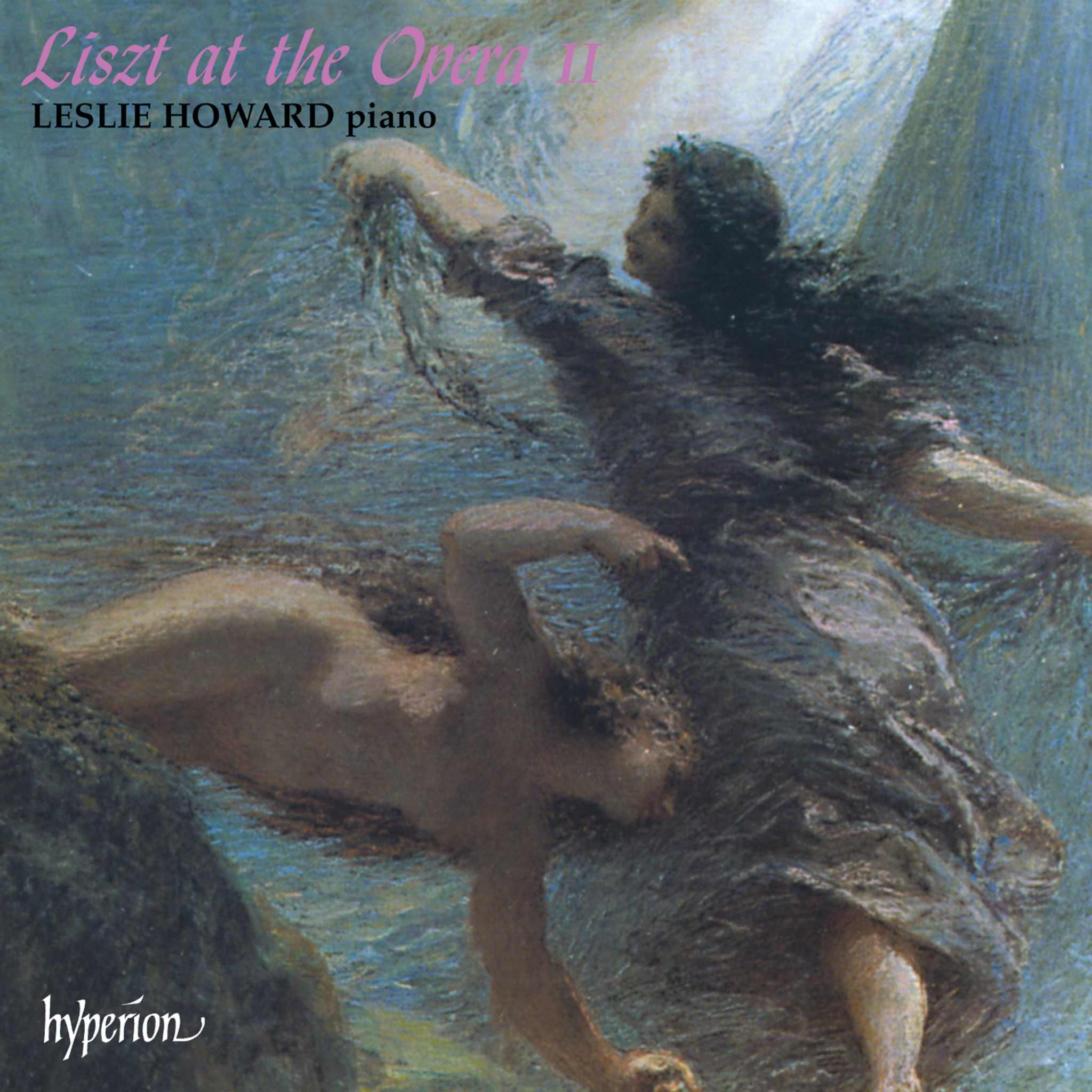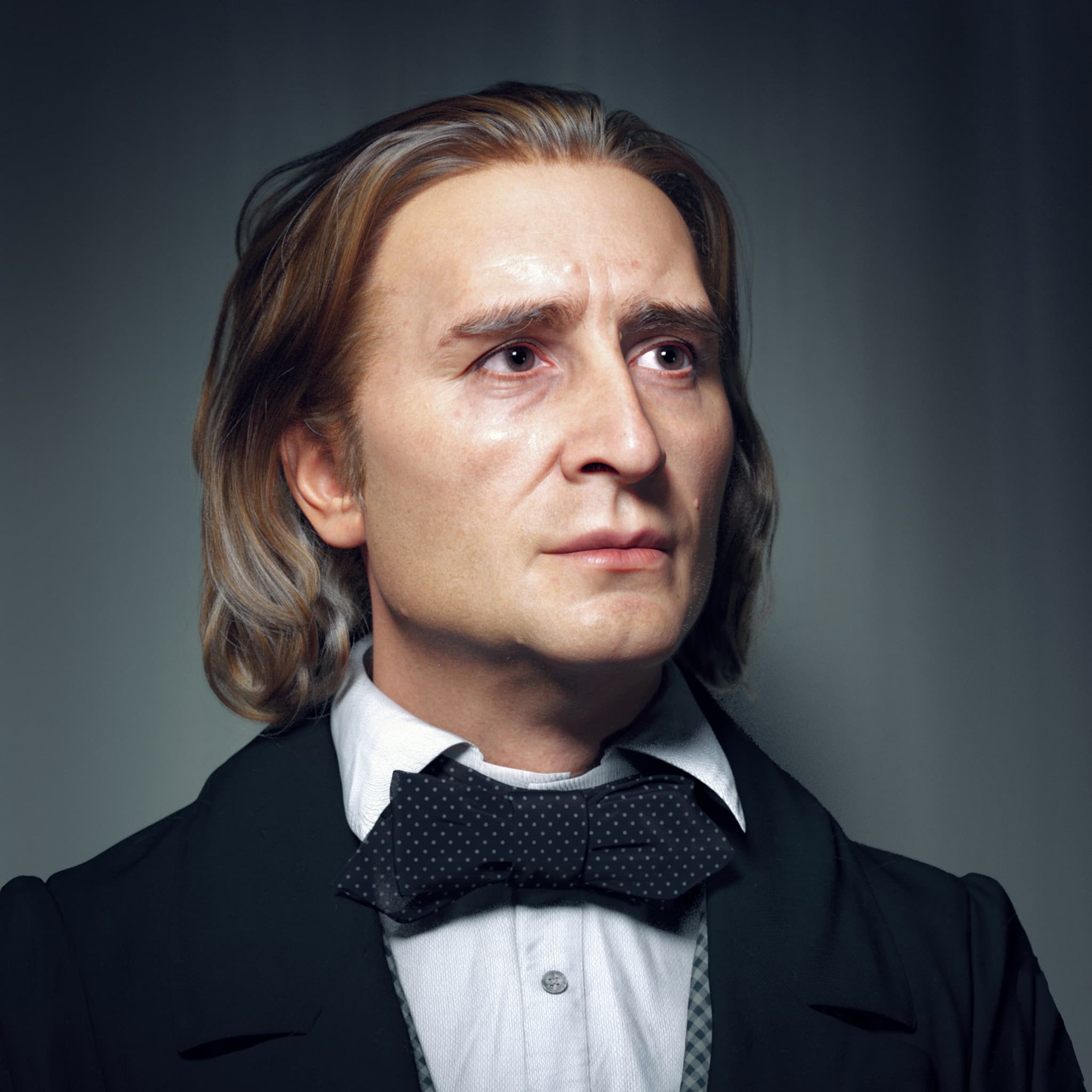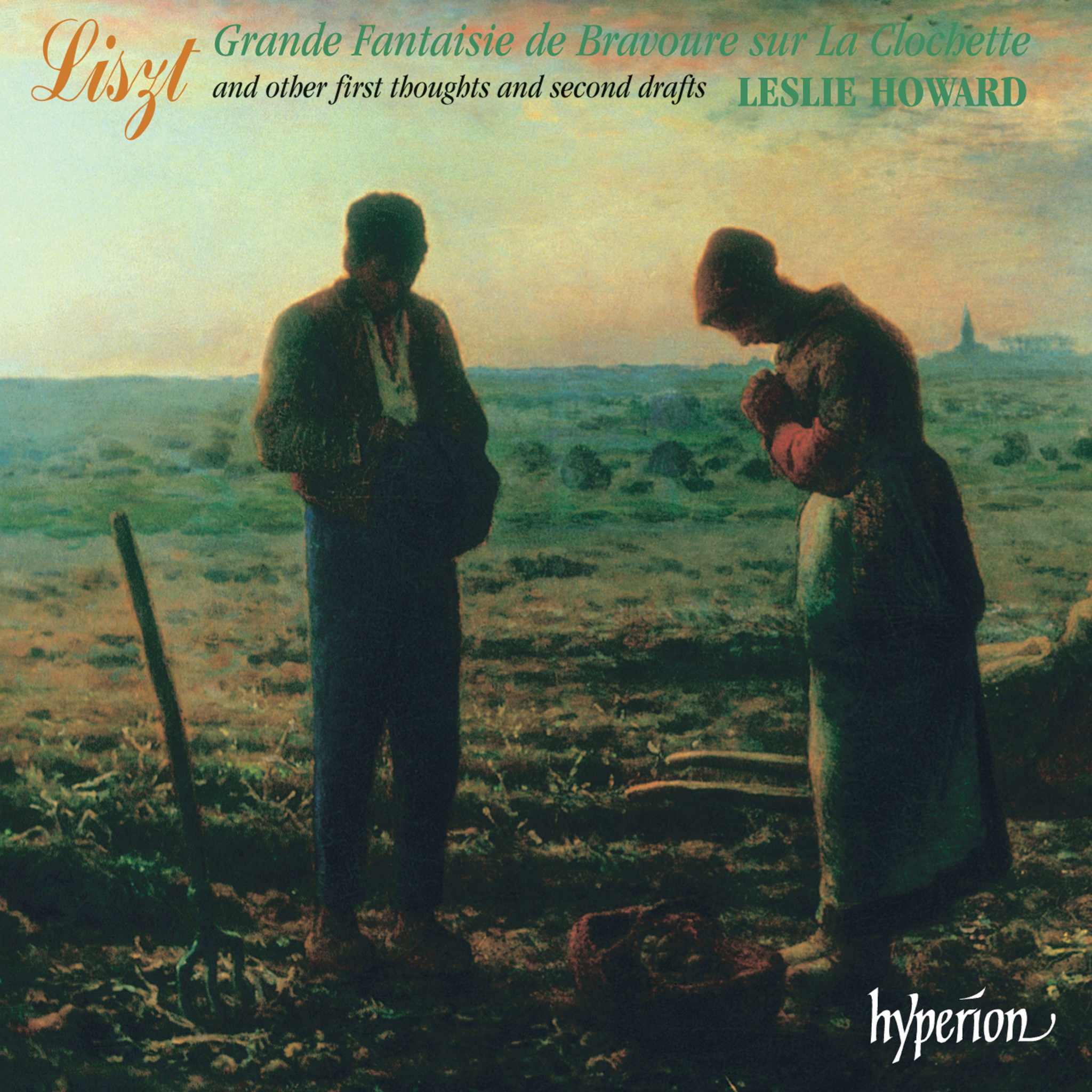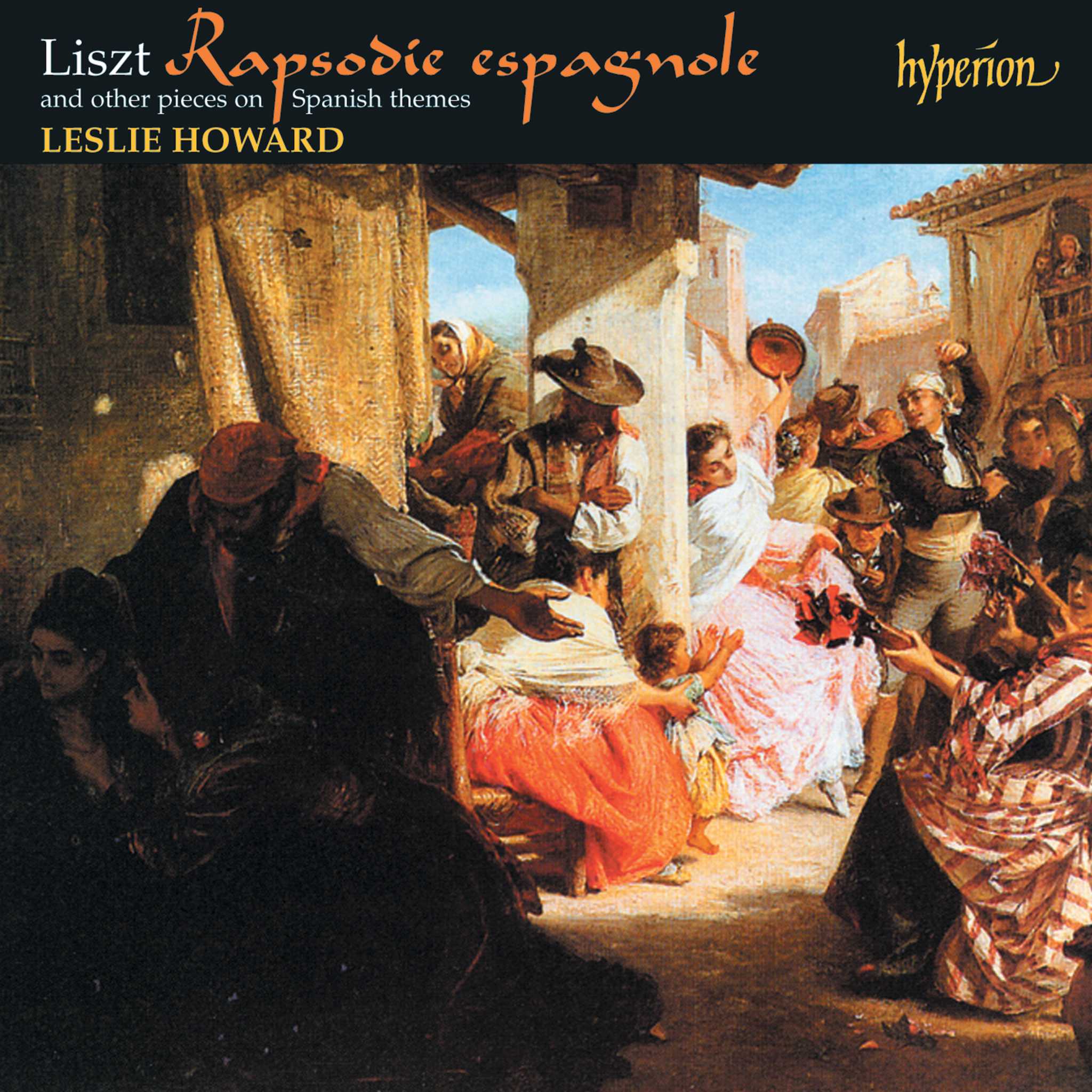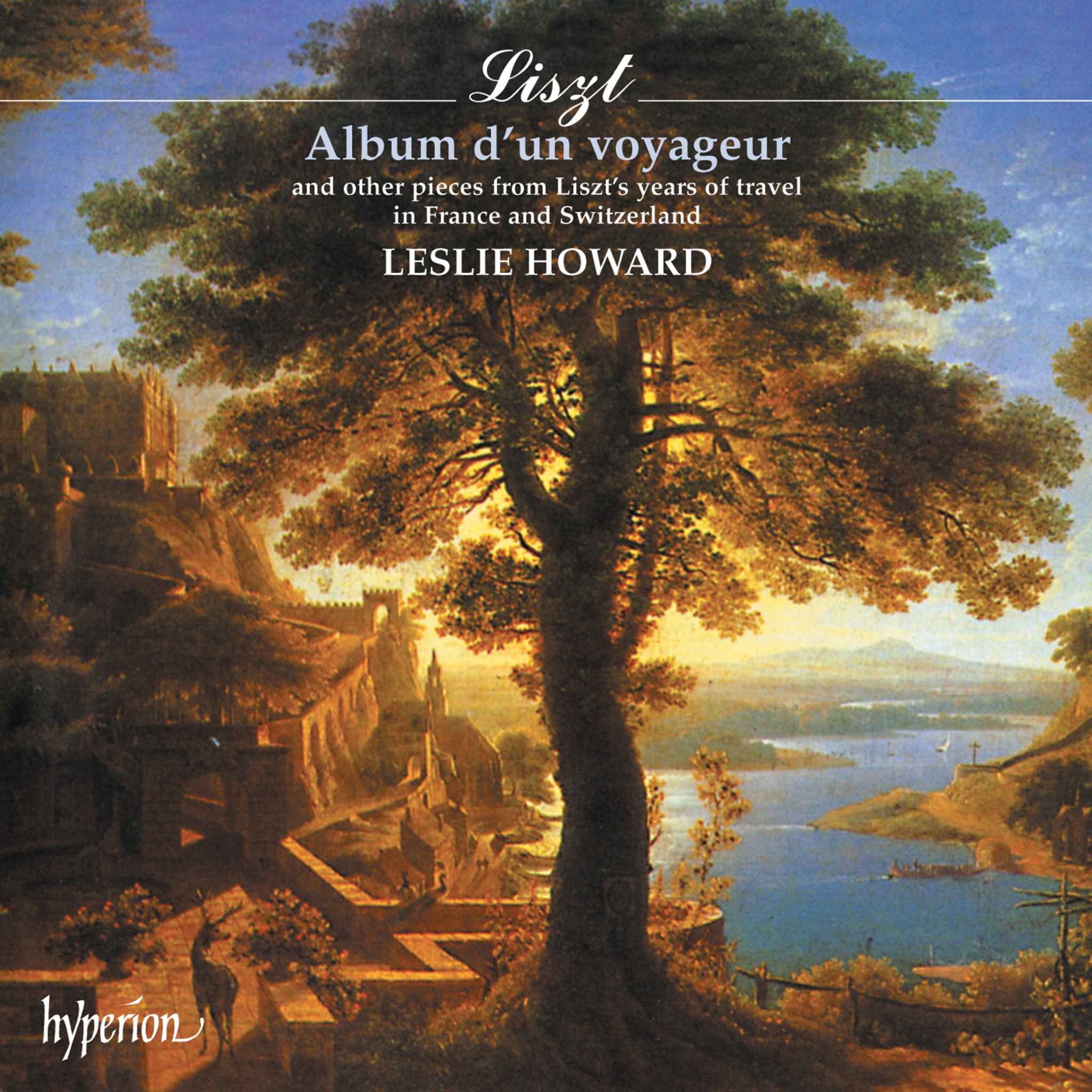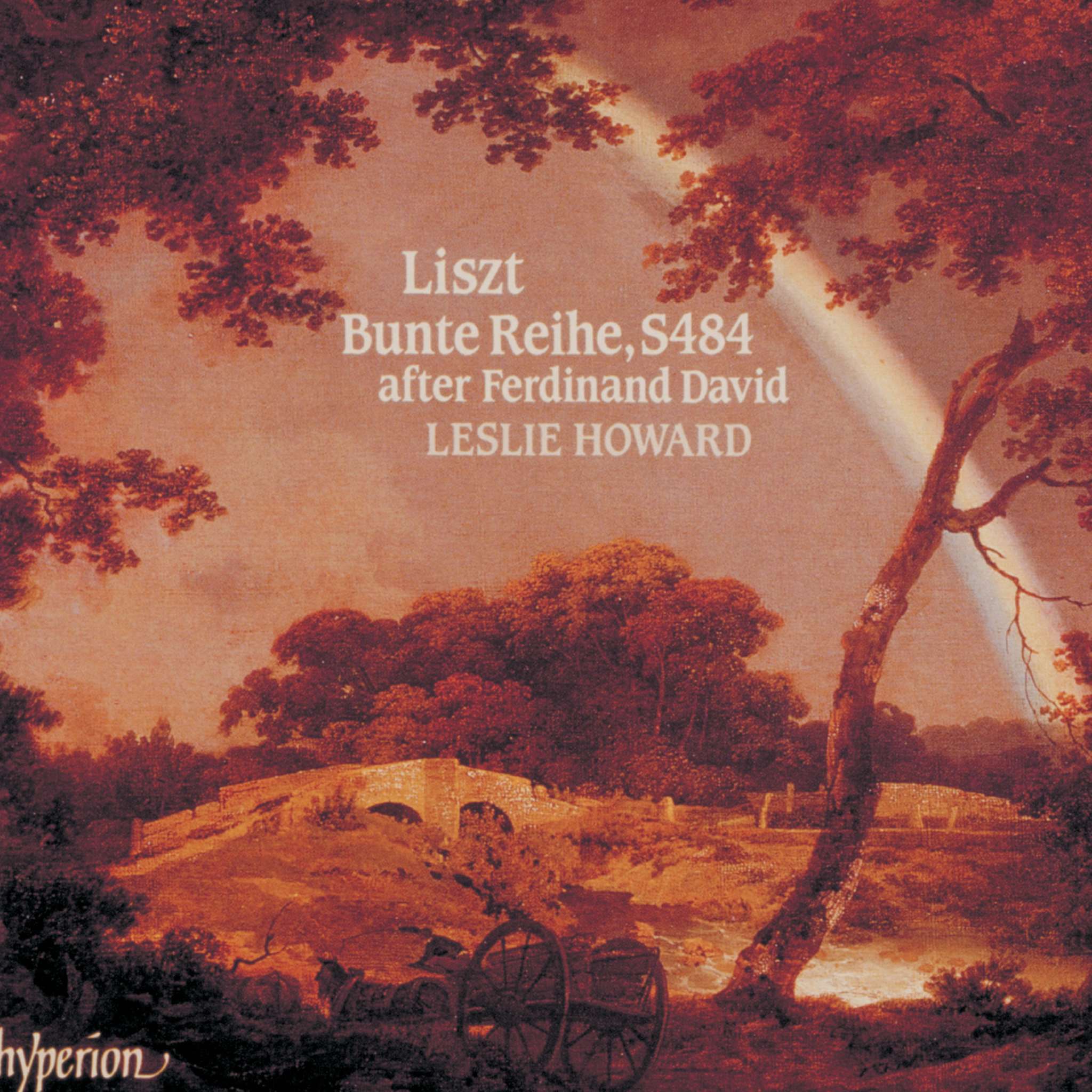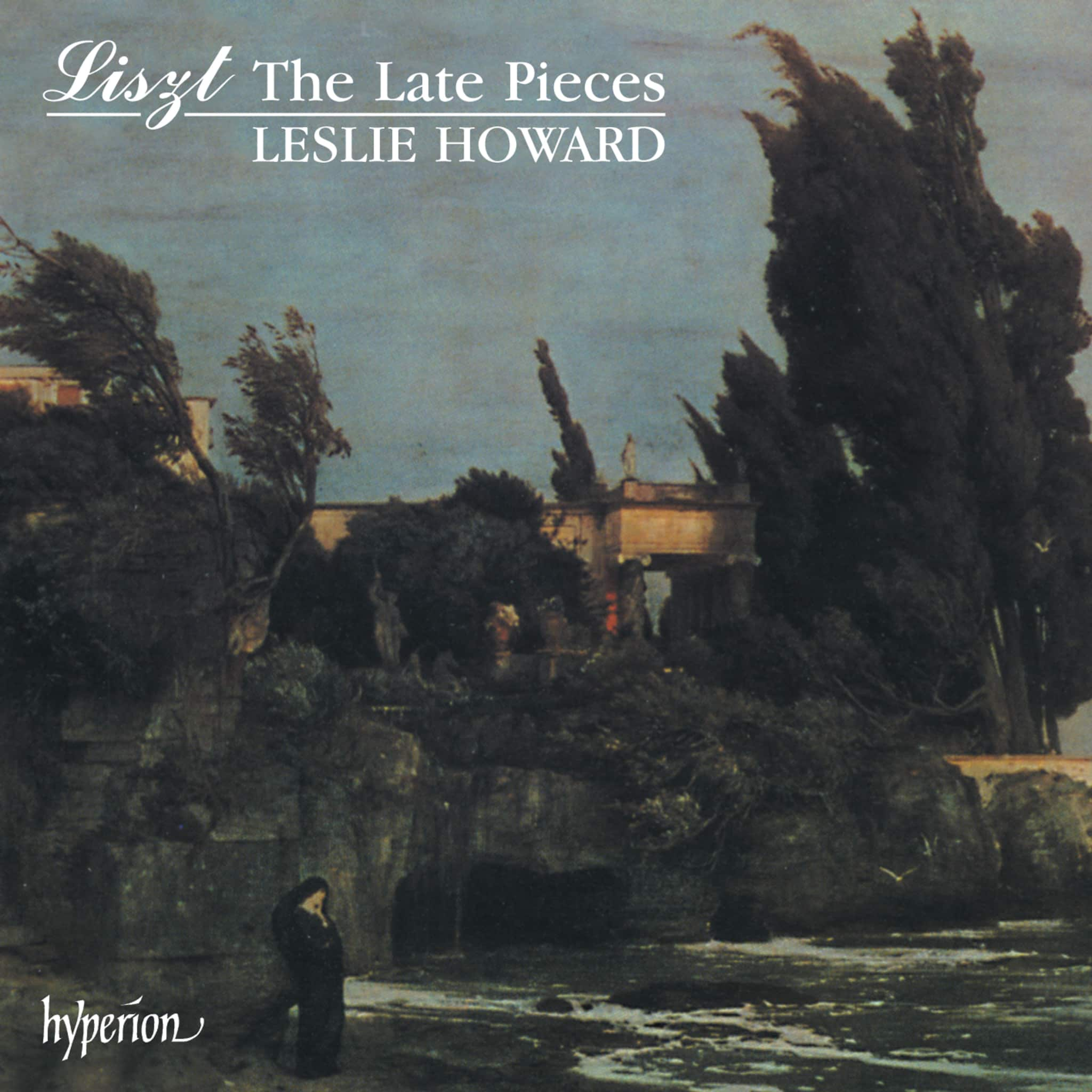Album insights
Felix Draeseke (1835–1913) and Salomon Jadassohn (1831–1902) were two intriguing Romantic composers, albeit often considered as minor figures in the genre. Jadassohn is best remembered as a teacher to an impressive roster of famous students—such as Edvard Grieg, Frederick Delius, and Ferruccio Busoni. In contrast, Draeseke was a notable figure in his own right. Praised as a serious rival to Johannes Brahms in symphonic works, he ventured into an ambitious musical endeavor titled "Christus," meant as a grandiose spiritual counterpart to Wagner's Ring Cycle. Although this opus debuted to resounding success in 1912, the decline of oratorio popularity in the 20th century hindered its enduring legacy. Draeseke's orchestral and instrumental music initially garnered the most acclaim. Franz Liszt himself regarded Draeseke's piano sonata of 1867 as one of the most striking pieces of the modern era. Draeseke's musical journey evolved significantly, aligning with Liszt and Wagner's "Neudeutsche Schule" after experiencing Liszt's performances of Wagner's works in Weimar in 1856. Notably, Draeseke's compositions exhibited heavy influences from Wagner, especially in his ambitious attempts at opera, such as "König Sigurd," revealing a profound Wagnerian impact.
On the other hand, Jadassohn's music was characterized by its craftsmanship, often labelled as "solid work" by contemporary critics. As a long-standing composition teacher at the Leipzig Conservatory, Jadassohn epitomized strict pedagogy, as showcased in his photographs exuding an austere aura. Jadassohn's compositions, like his Piano Concerto No. 1 in C minor, deviated from traditional structures by incorporating elements reminiscent of Liszt and Wagner. His subsequent works, including the Piano Concerto No. 2 in F minor, continued to display inventive approaches to classical forms, echoing Liszt's influences stylistically. While Jadassohn's music demonstrated skill and creativity, the lack of enduring melodies probably contributed to his music fading into obscurity after his death, much like Draeseke's fate. The intrinsic differences in their abilities to craft memorable musical motifs ultimately impacted their musical legacies, with political and historical contexts further shaping the perception of their works long after their passing.

